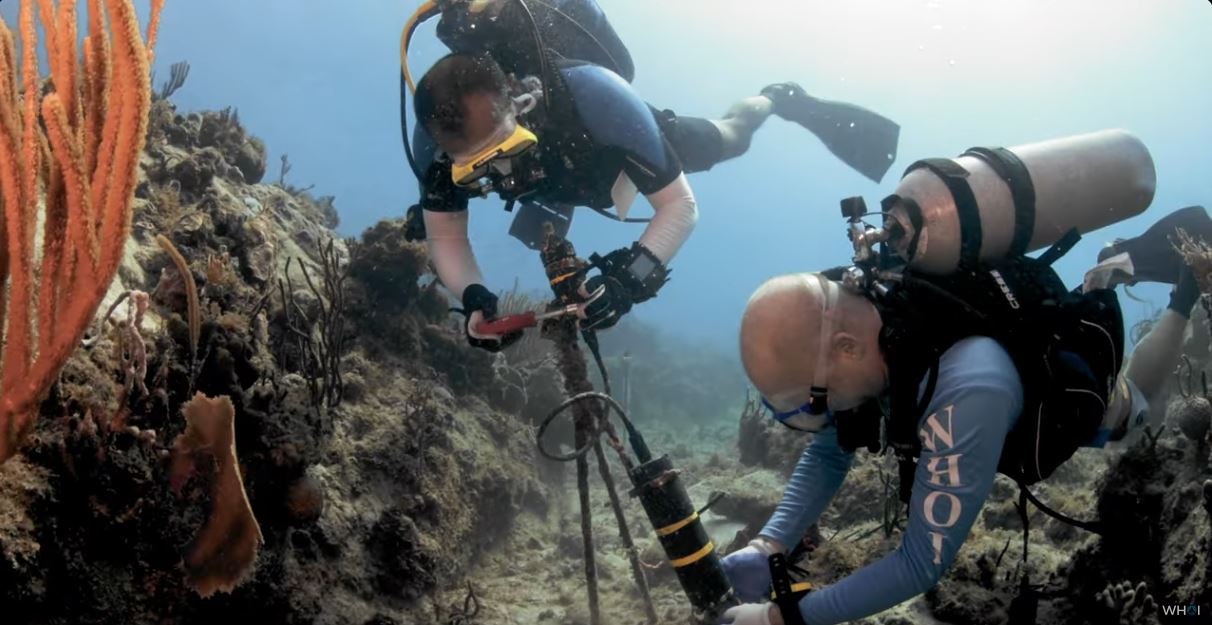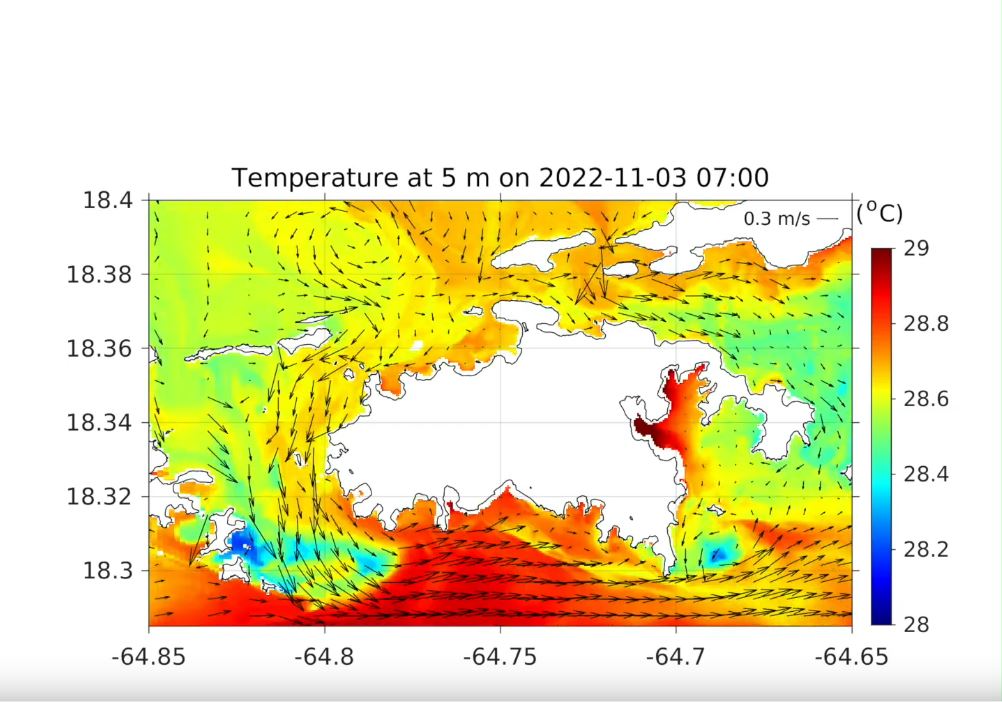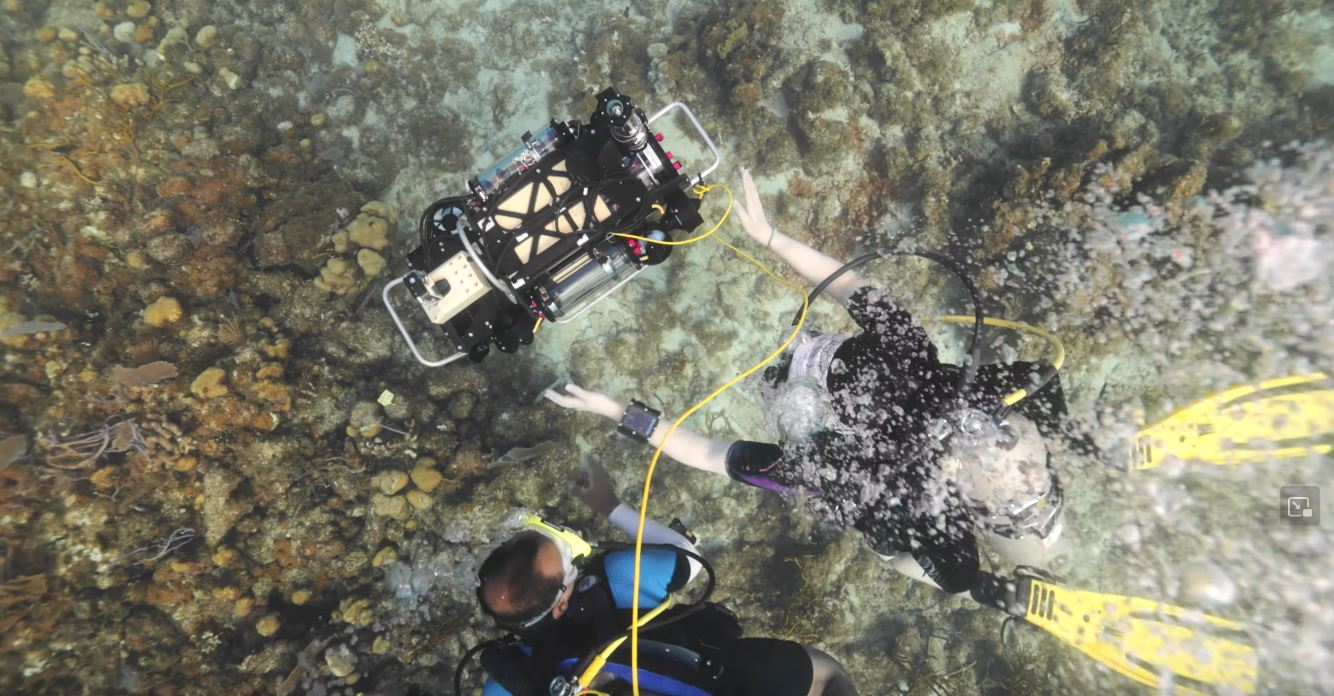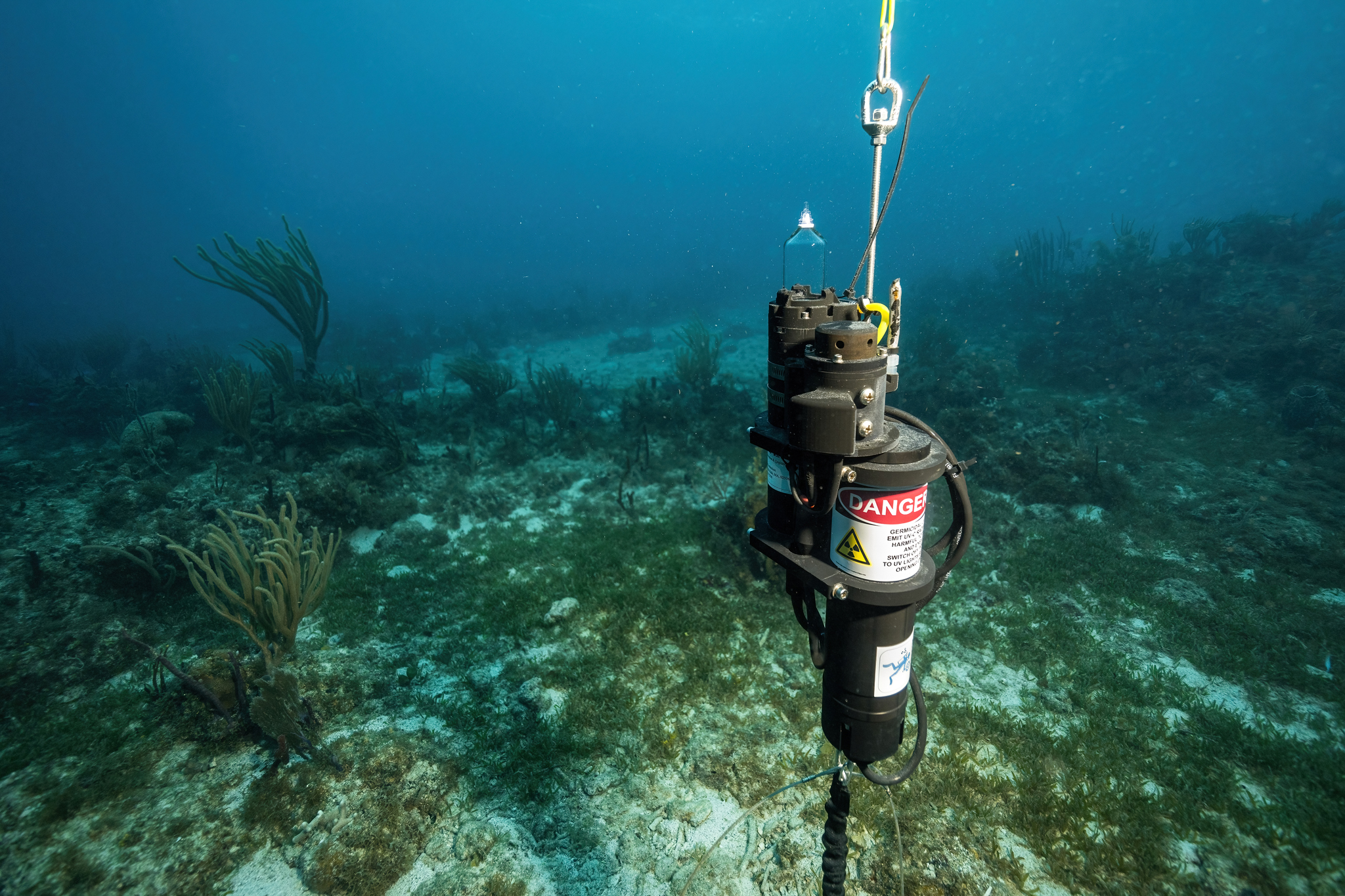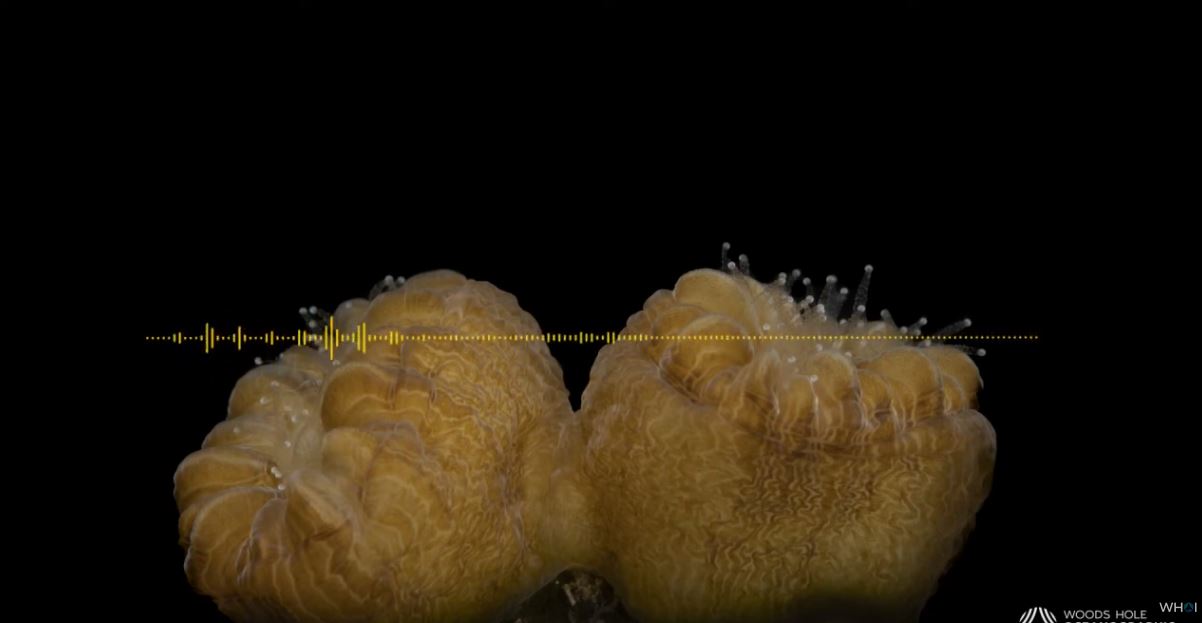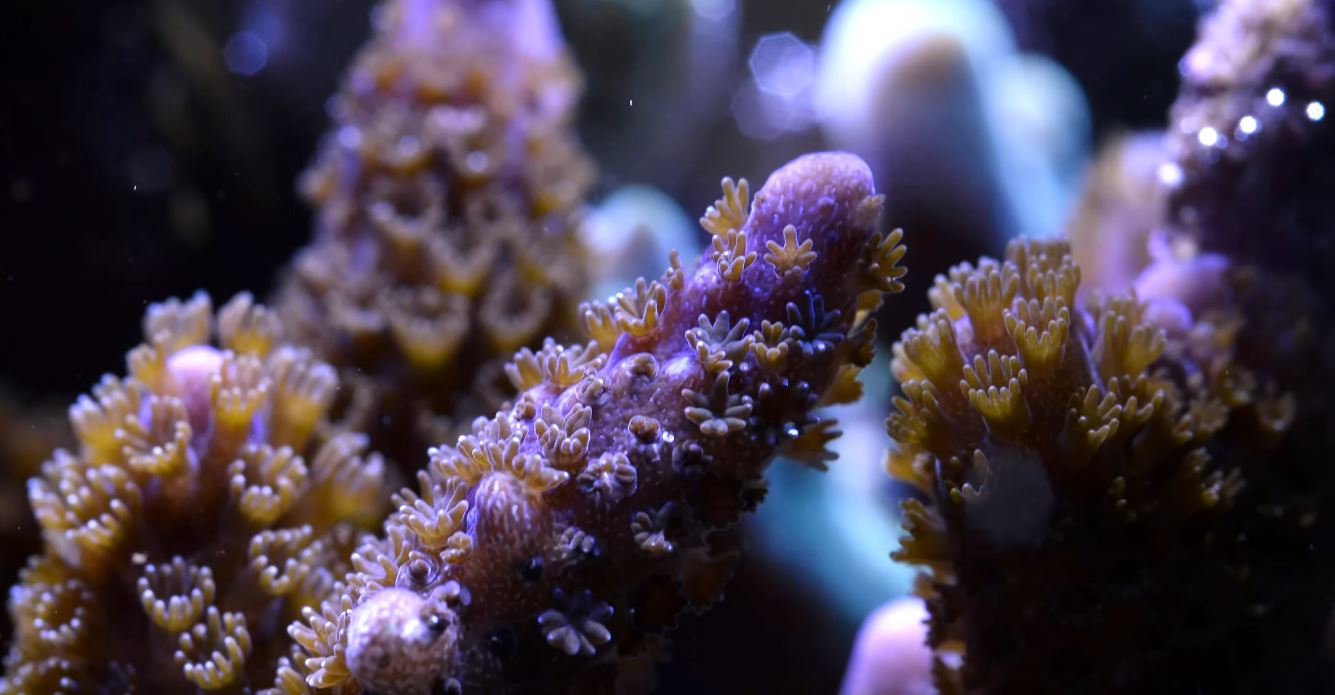How we're giving reefs a chance
The urgency of the coral crisis motivates our research. Our cross-disciplinary approach and custom Reef Solutions Toolkit helps us identify early indicators of ecosystem stress–and intervene before the visual signs of decline are apparent.
What's in the Toolkit?
We've constructed a Toolkit of intervention and health tracking methods to restore, treat and protect coral reefs and reef ecosystems. We’re working to make the Toolkit user-friendly so that it can be used by people around the globe with little training or technical expertise required.
Robotics
- Map coral cover + condition
- Collect biodiversity + invasive species data
- Early warning system for bleaching
Bioacoustics
- Attract coral larvae
- Sound-based health diagnostics
- Understand fisheries+ ecosystem health
Advanced Diagnostics
- Monitor coral health
- Determine water quality
- Examine chemical + microbial signs of stress
Hydrodynamics
- Map currents + temperature
- Predict coral larval transport + settlement
- Model + forecast environmental changes
- Identify + prioritize restoration sites
Health Interventions
- Coral probiotics
- Vitamin supplements
- Metabolomics to diagnose+ treat disease
Our Approach to Coral Reef Research
REEF SOUNDS TO ATTRACT LARVE
Can we use sound to build back reefs?
Our research shows that coral larvae are attracted to reefs with vibrant soundscapes. In addition to our long-term soundscape studies, we developed a novel, robust, cost-effective tool to enrich the acoustic environment in the field and lab restoration settings. We’re currently running a series of studies to determine how best to apply this acoustic enrichment tool.
